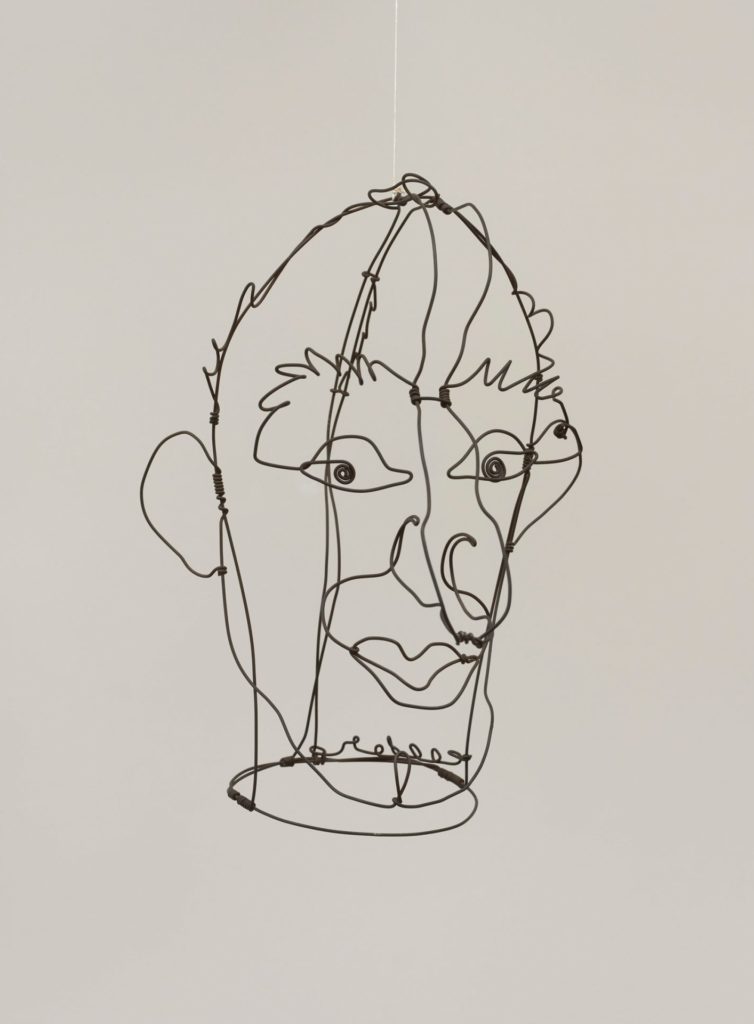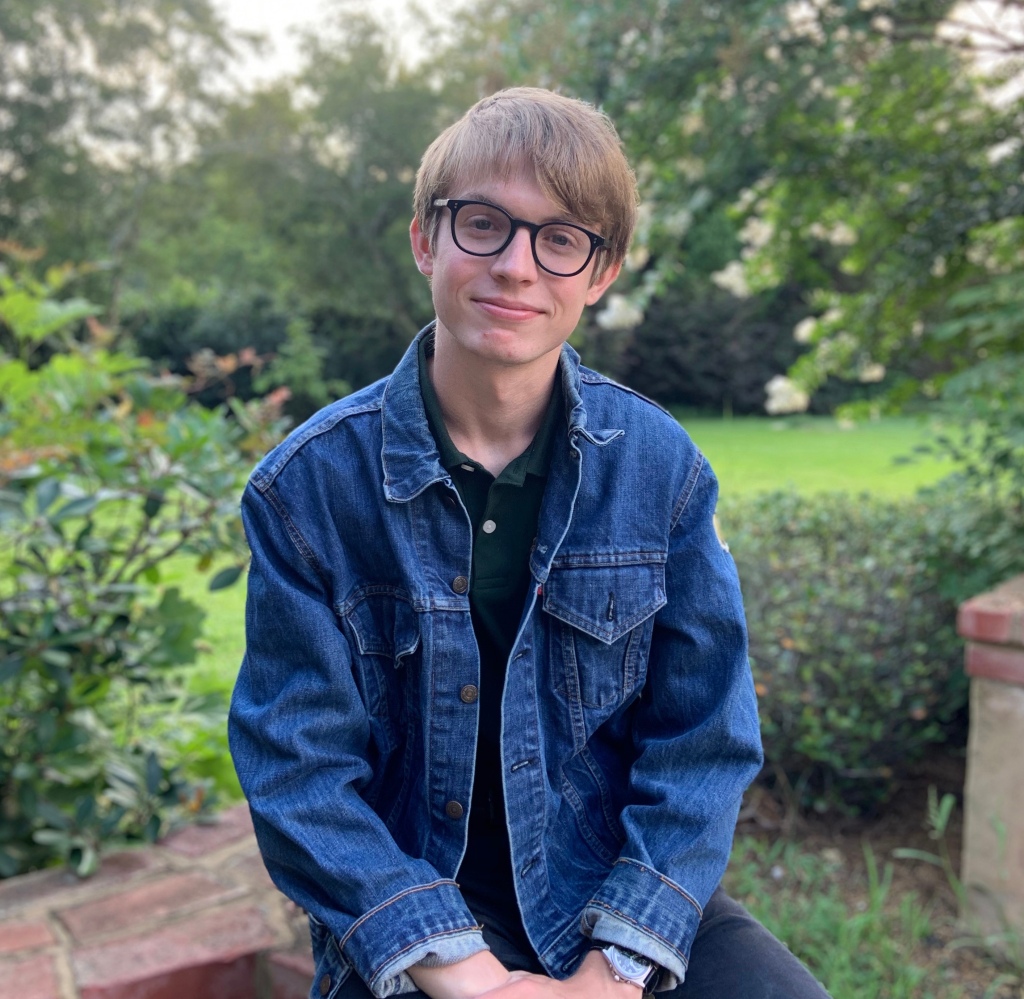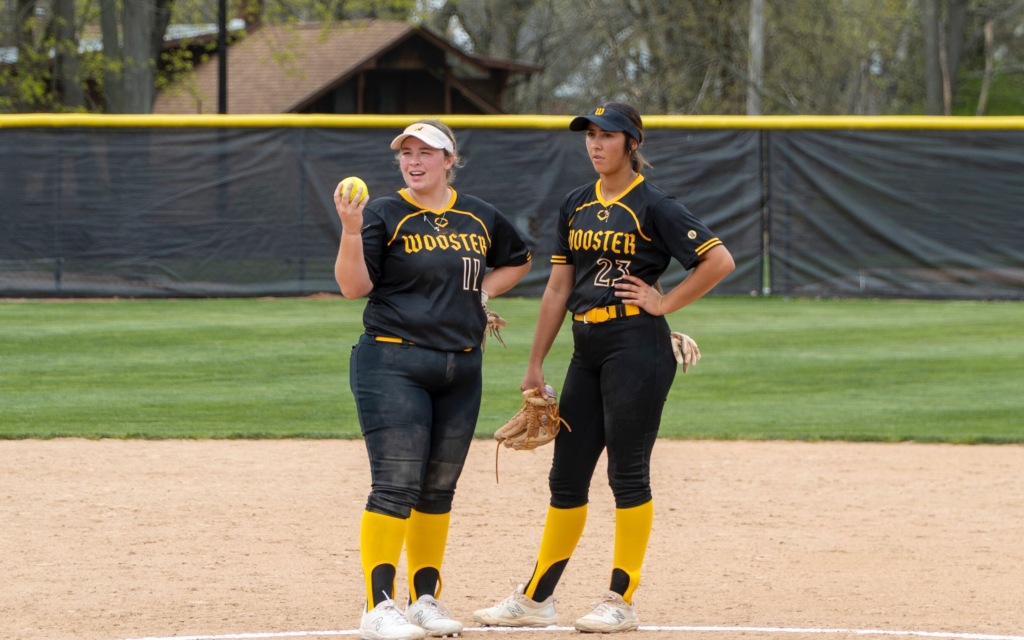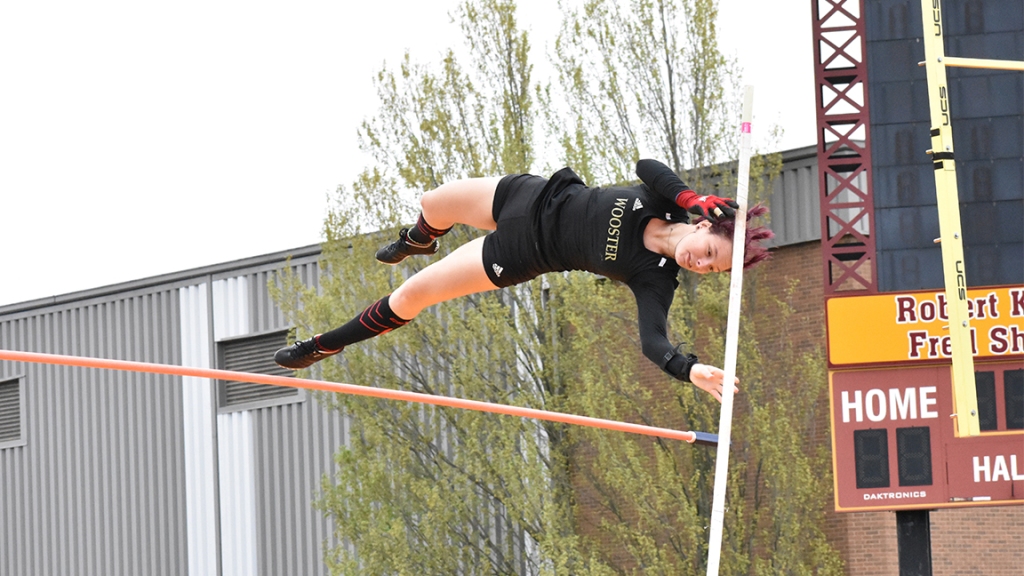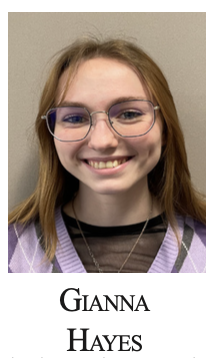Geoffrey Allen, Viewpoints Editor
I have written so many articles for this student-run publication, and yet I feel like there’s not much to say any more for this final Viewpoint. It’s all become bittersweet. I have been so angry with life and anxious about graduation all year long that I have forgotten how much time has passed. And yet, here I am finding time to recognize that throughout all of this, I have grown somehow. I am not the history major that I thought I would be entering college, but I did become a Viewpoints editor who has found interest and vigor to tell stories and write theses. I am not the naive 18-year-old who left his preppy Ivy League town in 2019, and for the most part, I am proud of that fact. The only problem is that this came with change. A lot of change. There were some positive changes, like joining a D-III running team or trying out some weird discipline called “anthropology,” but then there were others that were really hard. Whether it was when the College shut down in response to the recent pandemic, when friendships and relationships decayed or when the insurmountable weight of the independent study begins with a lot of stress and plenty more to be desired. It almost sounds like these changes bog a student down, but these trials of college life are doable. I’m sure my fellow senior editors feel the same in one capacity or another.
So what’s the saving grace for all of this blood, sweat and tears? For a while, I used to say it was the community found on campus. In many ways, that is the case. With The Voice staff, my cross country/track & field team, the dedicated members of the SOAN department, as well as the admissions team, it’s easy to think like this. But as many friends and communities begin to fade away from my life, I recognize another core reason for my success at Wooster. It is simply the fact that I have tried, through more ways than one, to engage with the community and overcome the internal and external obstacles undergraduate life has presented me. The people just came along the way. The grades just got better as I continued to try to be better. My independent study, despite being a graduation requirement, is itself one grand test of our culminated knowledge and critical thinking skills.
A fictional revolutionary in a space opera spin-off show once said, “Remember this: Try.” People often believe that they have to prove themselves whether with an abundance of achievements, their social prowess or even sacrificing a dinner because they stubbornly believe their thesis is more important than their own welfare. The meritocracy tells us that we have to work hard and grind ourselves to be seen. But I’ve managed to get by doing a lot of things at my own pace. I write this as no slacker either, I just simply make an effort. This is what the viewpoint is really about. Just trying a new opportunity or a new challenge will go a long way to show how much you’ll grow than forfeiting your chances under the assumption you won’t stand a chance at all. This is always worth celebrating every day as it’s easier to reflect on our woes than wins. Let’s try to navigate this life in a more meaningful way.
